Digital Sensor Counter: An Overview
Digital sensor counters are integral components in modern automation and control systems. These devices, which include digital counter meters with sensors and electronic counters with sensors, serve a broad spectrum of applications, from industrial manufacturing to commercial kitchens. They function by detecting and counting objects or events, often utilizing technologies such as proximity sensors with counters or digital counters with photoelectric sensors.
Types and Materials
The versatility of digital sensor counters is reflected in the variety of materials and types available. For instance, counters paired with proximity sensors with digital counters are commonly used in environments where contactless operation is preferred. Materials range from robust stainless steel to composites that cater to specific environmental conditions, ensuring that there is a counter to meet the functional requirements of different settings.
Applications and Features
Digital sensor counters are employed in numerous applications, such as tallying products on a production line or monitoring the usage frequency of a facility. The digital object counter using Arduino is a popular choice for DIY enthusiasts and educators due to its programmability and adaptability. Features of these counters can include durability, ease of integration with other systems, and user-friendly interfaces, which are essential for efficient operation and accurate data collection.
Advantages of Digital Sensor Counters
The advantages of using digital sensor counters are manifold. They offer precision in environments where manual counting is impractical or prone to error. For example, a digital counter e18 d80nk provides reliable measurements in industrial settings. The integration of a drop counter sensor in laboratory equipment exemplifies the precision these devices bring to scientific research, where accuracy is paramount.
Choosing the Right Counter
Selecting the appropriate digital sensor counter requires consideration of the specific application and environment. A digital counter with proximity sensor might be ideal for a manufacturing setting, while a vernier drop counter could be the counter of choice for precise liquid volume measurements in a lab. It is crucial to assess the compatibility of the counter with the intended system to ensure optimal functionality.
Integration and Compatibility
Integrating digital sensor counters into existing systems is a straightforward process, provided that the compatibility and requirements are well understood. The digital object counter using infrared sensor is an example of a device that can be easily incorporated into security systems for access control or in manufacturing for product counting.







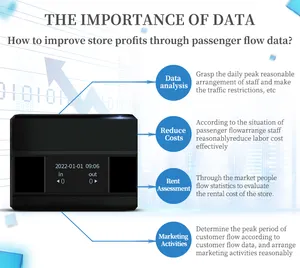

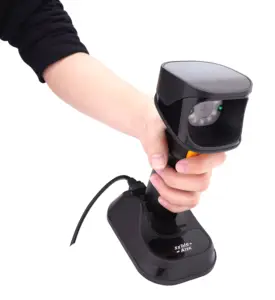

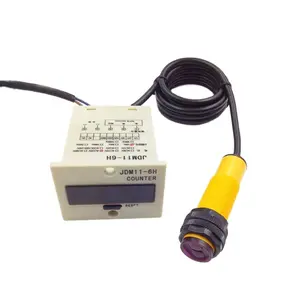




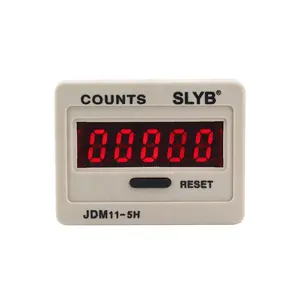


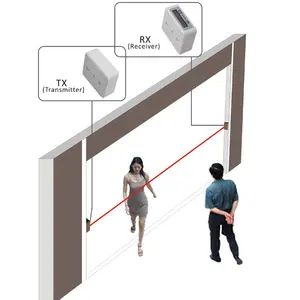


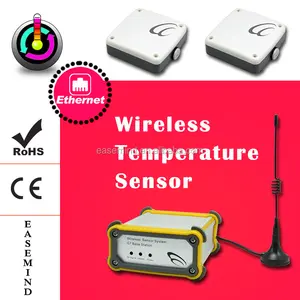









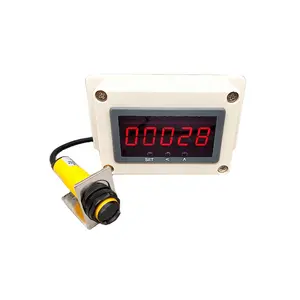

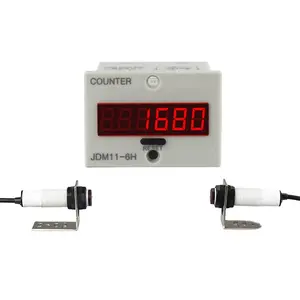
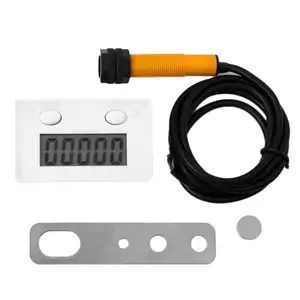


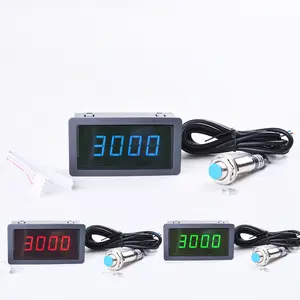




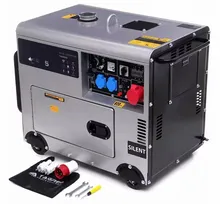

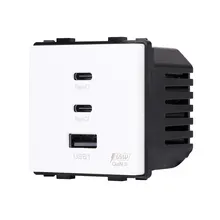
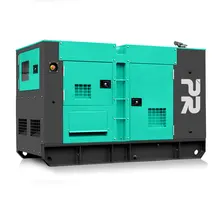

























 浙公网安备 33010002000092号
浙公网安备 33010002000092号 浙B2-20120091-4
浙B2-20120091-4